
Sir Roger Bannister is one of the 20th century’s great sporting icons after becoming the first man to run a mile in under four minutes.
Bannister’s feat in 1954 was a defining moment in sport. It made front-page headlines across the world and inspired a nation still gripped by post-war austerity.
Here, the PA news agency looks back at the day a trainee doctor from Harrow debunked the myth about the four-minute mile.
The build-up
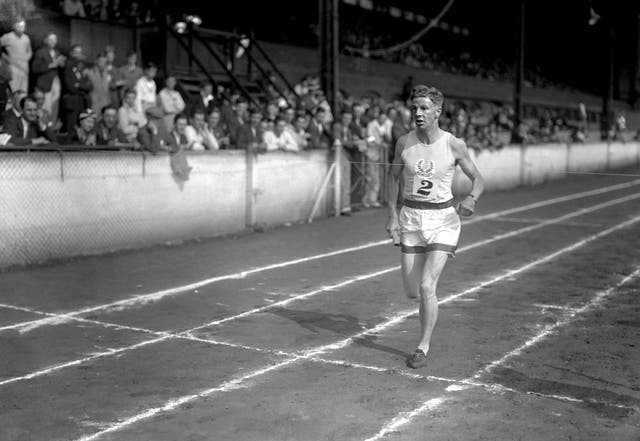
Early 20th-century sportswriters claimed it was impossible to run a mile in less than four minutes, but by the time New Zealand’s Jack Lovelock won 1500 metres gold at the 1936 Berlin Olympics in a time which converted to a 4:05 mile, people began talking about the barrier being broken. Swedish greats Arne Andersson and Gundar Hagg swapped world mile records, the latter trimming it to 4:01.4 in 1945. Australia’s John Landy emerged from his revolutionary training regime to threaten the landmark on numerous occasions in 1953 and 1954, as did American Wes Santee. Each attempt became a global event and after repeated failures the four-minute mile became “the Everest of track and field”.
Bannister’s star rises
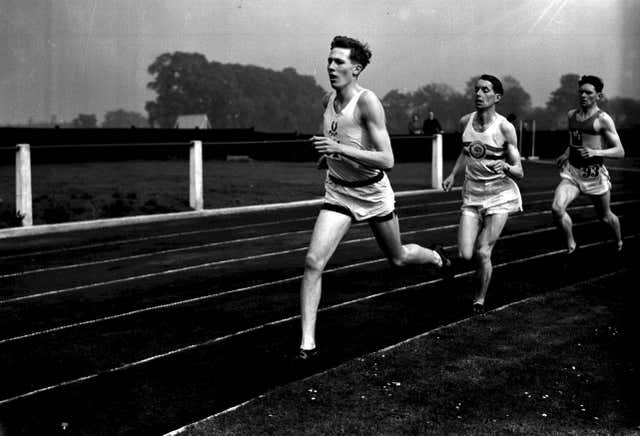
While studying medicine at Oxford University, Bannister’s running career began in 1946 as a 17-year-old when he ran for the first time on a track. At 6ft 2in with a rangy stride he was a prodigious talent, but turned down a place on Great Britain’s 1948 Olympic team, claiming he was not ready to compete at that level. He missed out on a medal in the 1500m final at the 1952 Olympics in Helsinki, finishing fourth, and after that disappointment set his heart on becoming the first man to run a mile in under four minutes. He intensified his own training, broke the British record by running 4:03.6 in May 1953 and the following month ran an unofficial 4:02.0 at a low-key Surrey schools meeting. Bannister had been closely following Landy and Santee and knew the race was on.
Sporting immortality
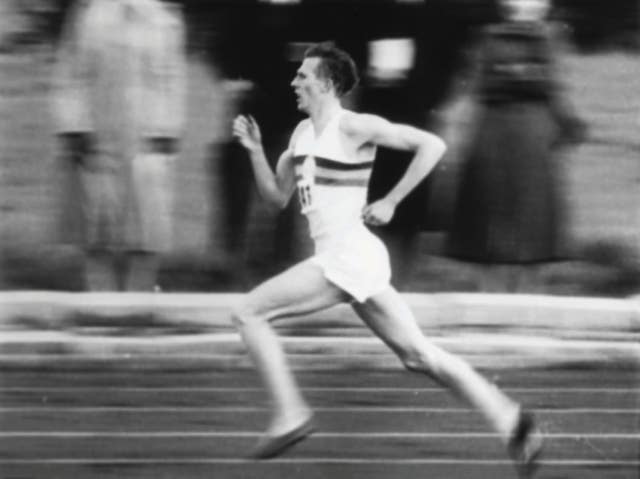
On May 6, 1954 Bannister, 25, spent the morning working his usual shift at St Mary’s Hospital in London. He then took a train to Oxford to race in the mile event for an amateur team against Oxford University at the Iffley Road cinder running track. He was anxious due to damp and blustery conditions and was close to calling the attempt off, but by the end of the first lap the wind had abated and he felt full of running behind pacemaker Chris Brasher. The first quarter was run in 57.5 seconds and the first half mile in 1:58.00 before second pacemaker Christopher Chataway took the lead. Chataway hit the three-quarter mark in 3:00.07 and Bannister surged by him with 300 metres to go. Head back, eyes closed and mouth open, he threw himself at the finish line and everyone in the small crowd of 1,200 held their breath.
Post-race announcement

“Ladies and gentlemen, here is the result of Event Number Nine, the One Mile,” said stadium announcer Norris McWhirter, who later founded the Guinness Book of Records and had a sense for the occasion. “First, number 41, R.G. Bannister, Amateur Athletic Association, and formerly of Exeter and Merton Colleges, Oxford, with a time which is a new meeting and track record, and which, subject to ratification, will be a new English native, British national, British All-Comers, European, British Empire and world record. The time was three…” Nobody heard McWhirter finish due to the crowd’s roar. Bannister’s time was 3:59.4.
Miracle Mile
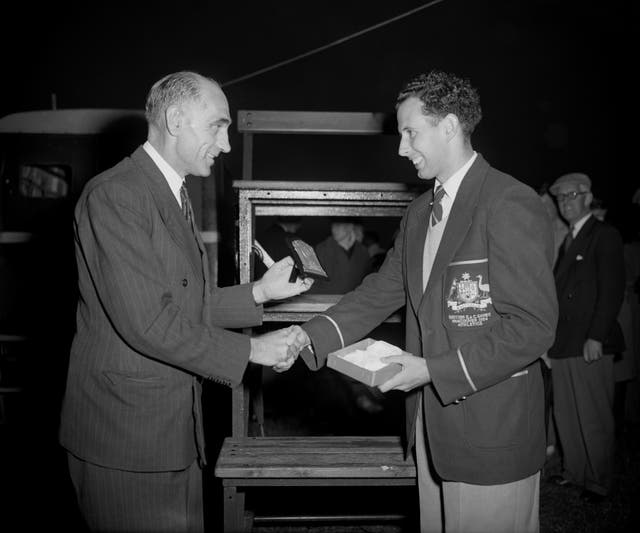
Bannister’s mile record was broken 46 days later in Finland by Landy, who ran a time of 3:57.9. The stage was set for their showdown the following August at the British Empire and Commonwealth Games in Vancouver. The two rivals went head-to-head in the ‘Miracle Mile’ and Bannister prevailed in a thrilling race, slowly reeling in the Australian on the last lap and using his superior finishing speed to sling-shot past him on the final bend. Both men finished in under four minutes, but Landy’s world record was still intact.
Legacy
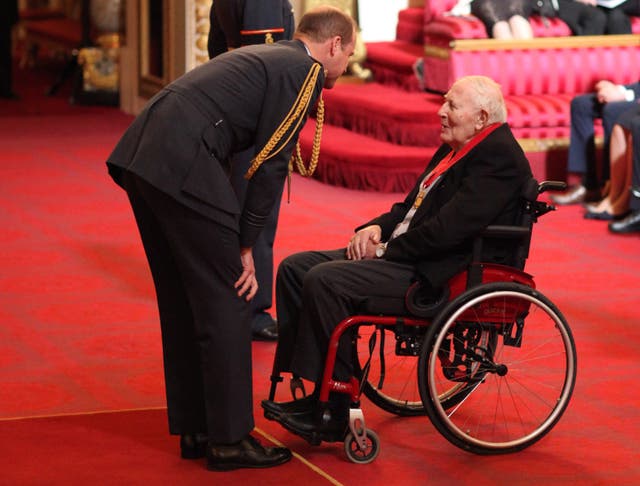
Bannister’s four-minute mile triumph captured the imagination and acclaim of a global audience. It also provided a nation, still rebuilding after the war, with a huge lift, serving as a symbol for hope and progress. Bannister completed a stellar year by winning the 1500m at the European Championships in Switzerland and promptly announced his retirement from athletics in order to focus on his work as a junior doctor and pursue a career in neurology. He later became the first chairman of the Sports Council (Sport England) and was knighted in 1975.


Comments: Our rules
We want our comments to be a lively and valuable part of our community - a place where readers can debate and engage with the most important local issues. The ability to comment on our stories is a privilege, not a right, however, and that privilege may be withdrawn if it is abused or misused.
Please report any comments that break our rules.
Read the rules here